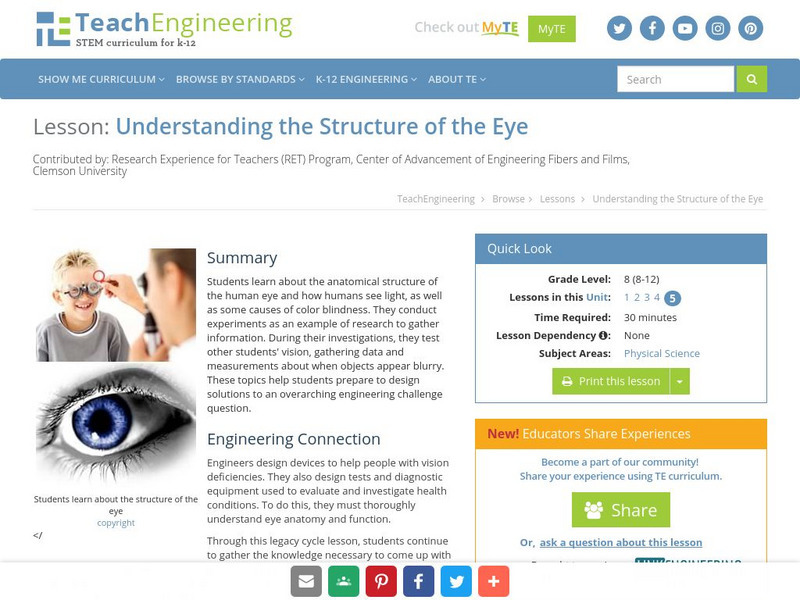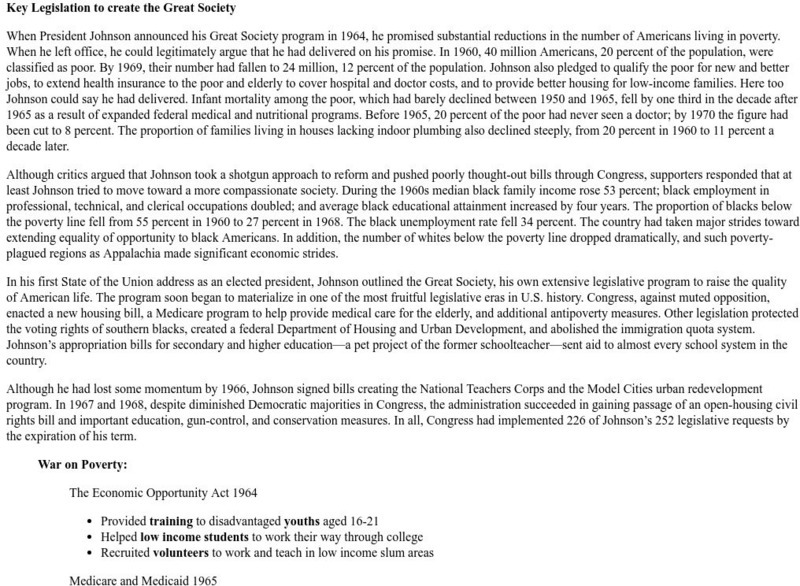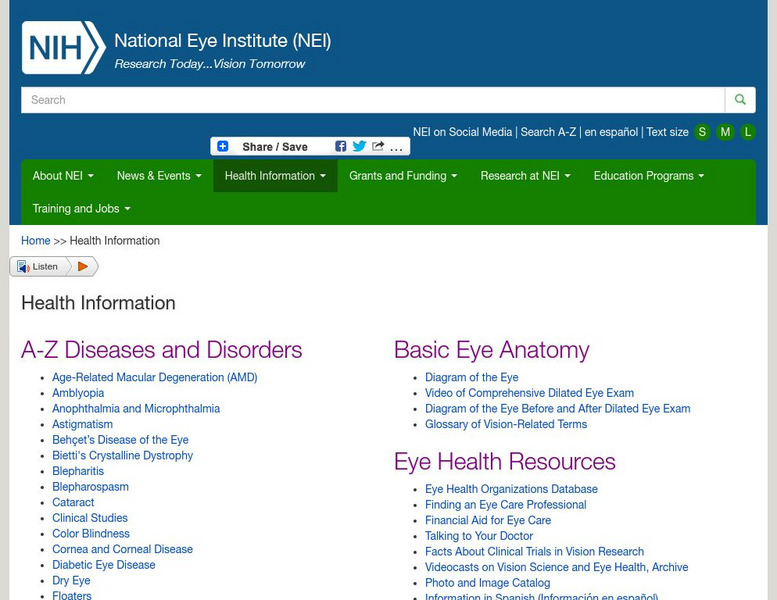TeachEngineering
Teach Engineering: Waves: The Three Color Mystery
Students are presented with a challenge question concerning color blindness and asked to use engineering principles to design devices to help people who are color blind. Using the legacy cycle as a model, this unit is comprised of five...
Bartleby
Bartleby.com: The Optic Nerve
This site from Bartleby.com contains great information on the Optic nerve. Two picture/charts are provided along with a packed defintion on the subject. This definition was taken as an insert out of Henry Gray's Anatamony of the Human Body.
TeachEngineering
Teach Engineering: Putting It All Together: Peripheral Vision
In this culminating activity of the unit, students bring together everything they've learned in order to write the code to solve the Grand Challenge. The code solution takes two images captured by robots and combines them to create an...
TeachEngineering
Teach Engineering: Sound for Sight
Echolocation is the ability to orient by transmitting sound and receiving echoes from objects in the environment. As a result of a Marco-Polo type activity and subsequent instructional activity, students learn basic concepts of...
NASA
Nasa: What Is Stereo Vision?
The robots NASA sends to explore other planets need two good eyes, just like humans. Learn why through this simple exercise.
PBS
Wnet: Thirteen: Visions for a New World (Lesson Plan)
A lesson for exploring the ways in which Kofi Annan has spoken for the weak, poor, and voiceless. Learners analyze a world event and then express a dream or a vision of how the situation could be improved.
Other
Vision Direct: The Human Eye
Explore this interactive visual to learn the parts of the eye, what the function of each is, and how they work together to give us the ability to see.
Read Works
Read Works: Double Vision
[Free Registration/Login Required] An informational text about how 3-D televisions work. A question sheet is available to help students build skills in reading comprehension.
University of Washington
The Senses
This site has a collection of learning activities, games, experiments, and lesson plans on the five senses. Organized by grade level and topic, this site is packed with an assortment of interactive and engaging activities, that would...
Khan Academy
Khan Academy: Complexity and Vision: The Staff God at Chavin De Huantar & Beyond
The artistic style seen in stone sculpture and architectural decoration at the temple site of Chavin de Huantar, in the Andean highlands of Peru, is deliberately complex, confusing, and esoteric. View pictures and descriptions of the...
Other
Society for Neuroscience: Brain Facts [Pdf]
This is a publication on the human brain and how it works. Gives details on the neuron, how the senses interact with the brain and much more. PDF (requires Adobe Reader).
CK-12 Foundation
Ck 12: Life Science: 11.48 Eyes
Learn about the structure and function of the human eye.
Smithsonian Institution
National Museum of African Art: African Vision
One of the largest collections of African art in the United States can be viewed at this online exhibition site. Organizes objects into three thematic group (masks, figurative arts, objects of power and prestige) and by time period,...
TeachEngineering
Teach Engineering: Biomedical Devices for the Eyes
Students examine the structure and function of the human eye, learning some amazing features about our eyes, which provide us with sight and an understanding of our surroundings. Students also learn about some common eye problems and the...
TeachEngineering
Teach Engineering: Understanding the Structure of the Eye
Students learn about the anatomical structure of the human eye and how humans see light, as well as some causes of color blindness. They conduct experiments as an example of research to gather information. During their investigations,...
Other
Weber State: Key Legislation to Create the Great Society
Read about President Lyndon Johnson's vision for a more compassionate America, one that offered educational and housing opportunities, protected the envrionment, and cared for the nation's seniors. Find a list of the legislation passed...
PBS
Pbs Learning Media: Life's Grand Design
Are nature's complex forms evidence of "intelligent design"? In this Evolution essay, biologist Kenneth Miller explains how the processes of evolution account for complex structures such as the human eye.
Yale University
Yale Environment 360: The Oil Spill's Growing Toll on the Sea Life of the Gulf
Marine biologist Thomas Shirley explains the impact of the Gulf of Mexico oil spill in the short and long term. The total impact is hard to determine at this point of time, however. Shirley gives his best opinion of the damage that...
Georgia Department of Education
Ga Virtual Learning: Anatomy and Physiology: Senses
Through informational text with printable notes, animations, video clips, and practice problems students discover the function of the sensory structures in the human body.
National Institutes of Health
National Eye Institute: Health Information
This site provides a wealth of information regarding the human eye. Special focus is given to the diseases and disorders, ranging from age-related mascular degeneration to usher syndrome.
University of Florida
Florida Museum of Natural History: My Body My Senses
This teacher's guide introduces children to the human body and the five senses and covers the major body parts and what they do. Children also will use their five senses to learn about the world.
TED Talks
Ted: Ted Ed: How We See Color
There are three types of color receptors in your eye: red, green and blue. But how do we see the amazing kaleidoscope of other colors that make up our world? The following learning module explains how humans can see everything from...
Curated OER
Scale Model of Human Eye
A scale model of the human eye is shown. Information about the parts of the eye and the common defects that result from its malfunctioning.
Curated OER
Scale Model of Human Eye
A scale model of the human eye is shown. Information about the parts of the eye and the common defects that result from its malfunctioning.

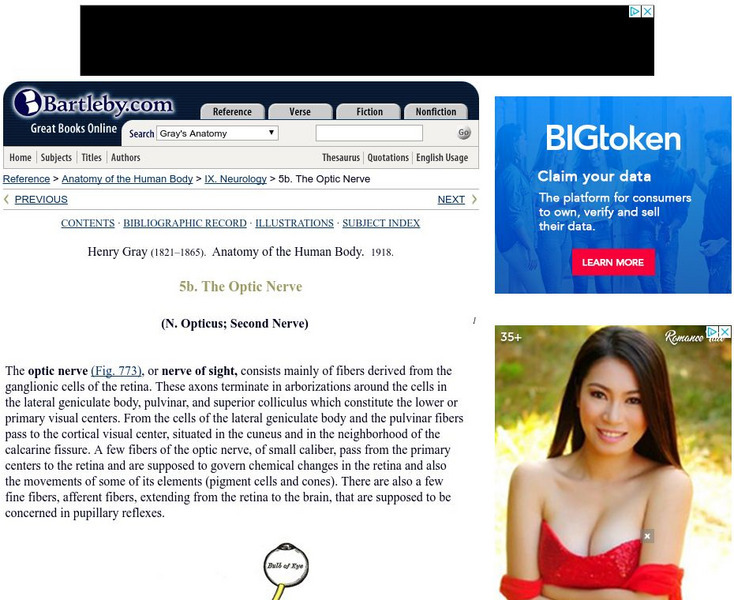
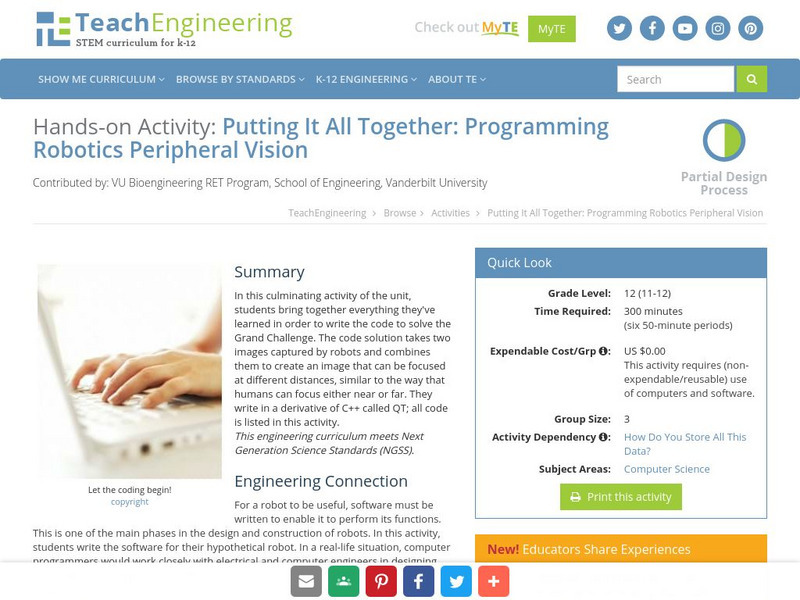
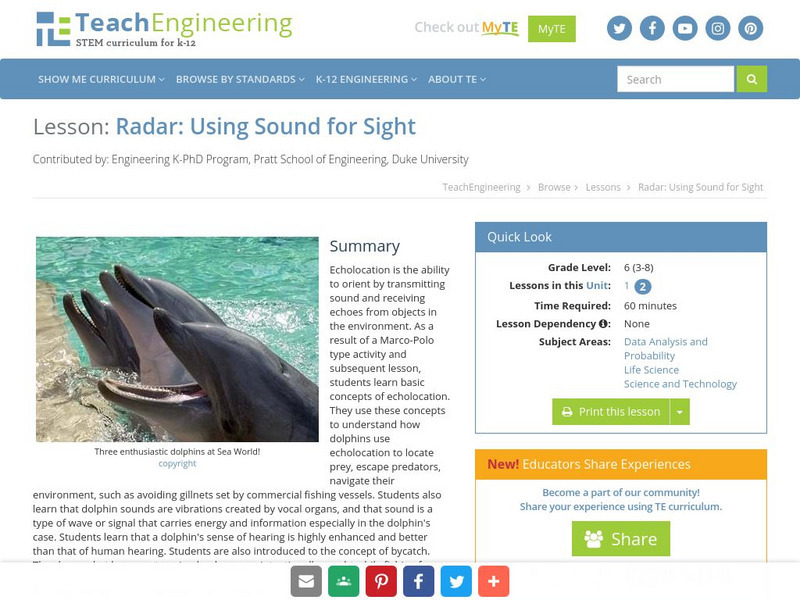

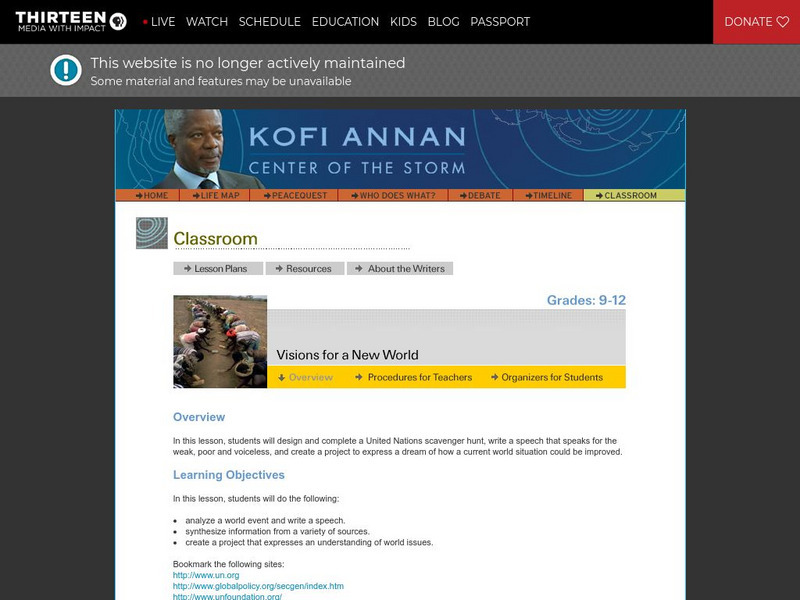
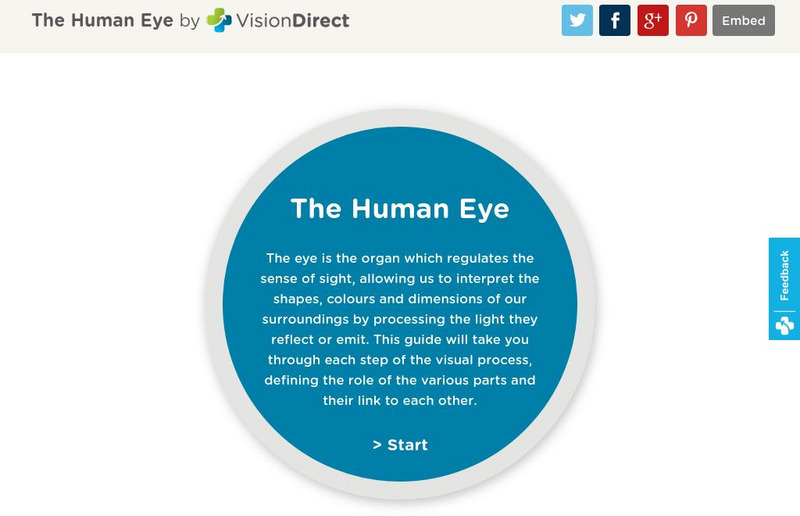



![Society for Neuroscience: Brain Facts [Pdf] Activity Society for Neuroscience: Brain Facts [Pdf] Activity](https://content.lessonplanet.com/knovation/original/113866-cd2169bec6c0105fc678c671521bd642.jpg?1661266885)



